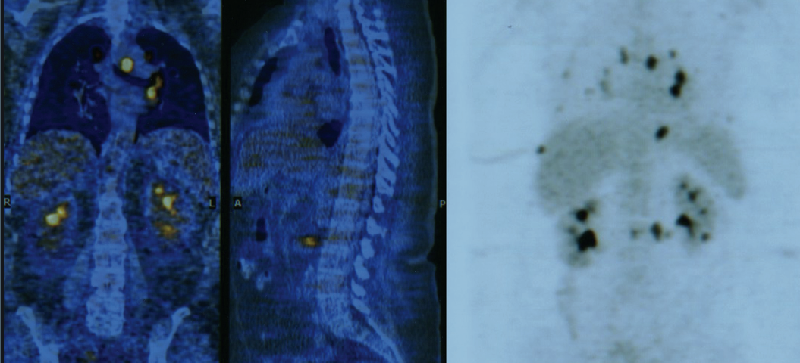Comprehensive metastatic screening in patients diagnosed with choroidal melanoma is extremely important.
Patients at the New York Eye Cancer Center have access to all screening technology commercially available. For example, PET/CT screening was first investigated at NYECC. It is the only method that surveys the entire body for metastatic spread. In addition to an initial PET/CT scan, Dr. Paul Finger also customizes the use of subsequent MRI, CT, and ultrasound surveillance screening for his patients.
Unfortunately, many patients around only have access to the most basic metastatic screening. Many health services can only provide ultrasound screening. In some countries, there is no screening at all.
The American College of Radiology ranks both abdominal contrast enhanced MRI and CT as methods superior to ultrasound for detecting metastasis to the liver. Sadly, health care systems must weigh systemic costs against individual patient care. In contrast, patients just want the best diagnostic technologies and treatments available. At the New York Eye Cancer, patient-centered care means each individual patient’s needs come first. It’s all about excellence.
Pioneered by Dr. Finger at The New York Eye Cancer Center, ophthalmic total body 18 FDG PET/CT imaging combines two technologies to create a comprehensive screening process. In simple terms, CT imaging reveals the body’s anatomy (form). Positron emission tomography (PET) uses an acceptable amount of a radioactive sugar to reveal where tissues are active (function). A complex computer program puts the form and function images together to create a complete, anatomic, and metabolic 3D reconstruction of the patients body. PET/CT allows doctors to measure tumor size and shape, show its location and effect on normal anatomic structures, as well as its metabolically activity. By overlapping the metabolic and anatomic images, for the first time PET/CT puts form and function on the same diagnostic page.
While the liver is the most common place for choroidal melanoma metastasis, a study group led by Dr. Finger found that metastases can be found outside the liver (primarily bone and skin). Ultrasound screening focuses only on the liver misses these types of metastasis.
There are many factors that indicate increased risk for metastasis in choroidal melanoma patients. Based on these risk factors, individualized diagnosis, and the patients needs, Dr. Finger determines how to approach metastatic screening for each of his patients. Once the plan is in place, he has the best tools in the world at his disposal.










